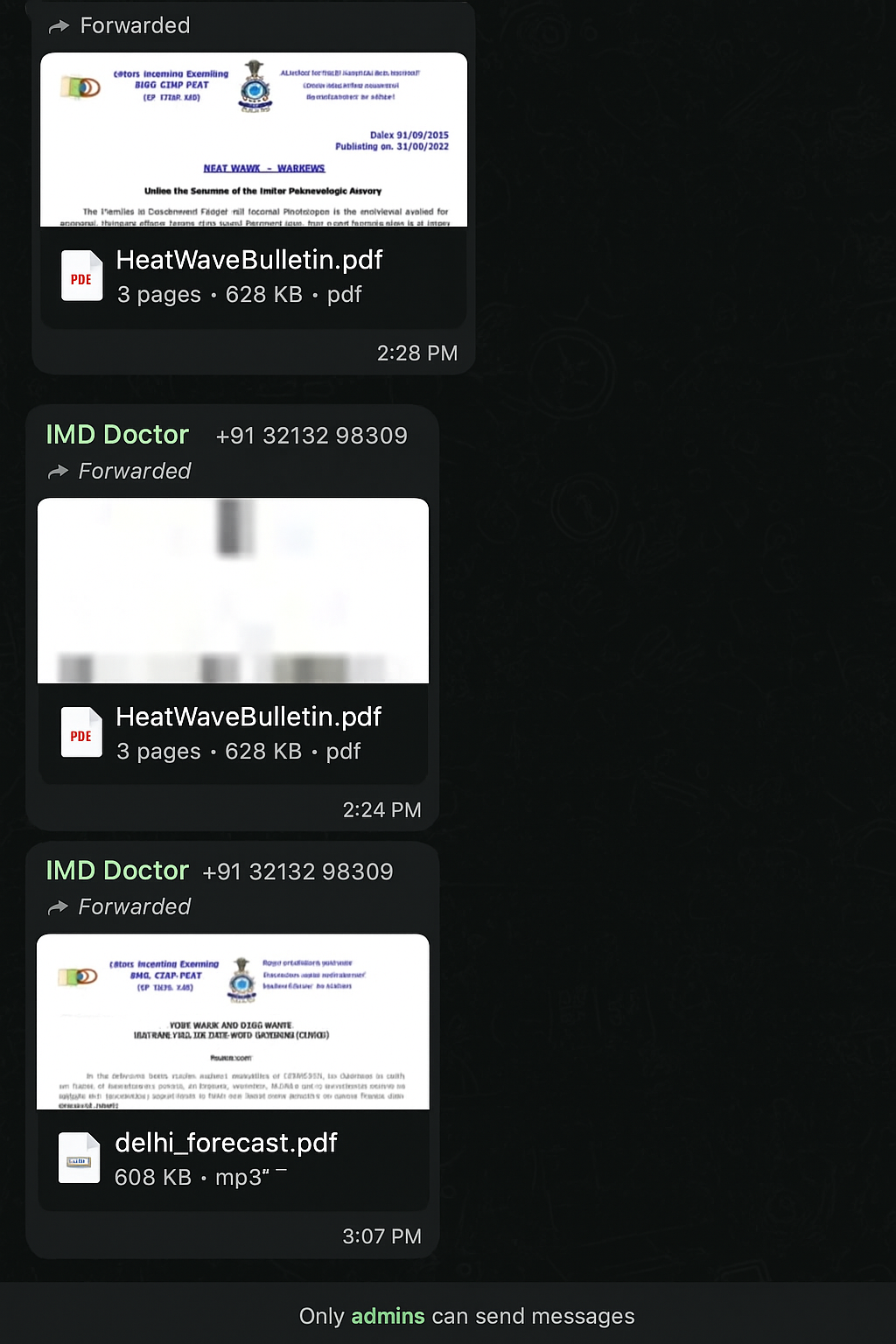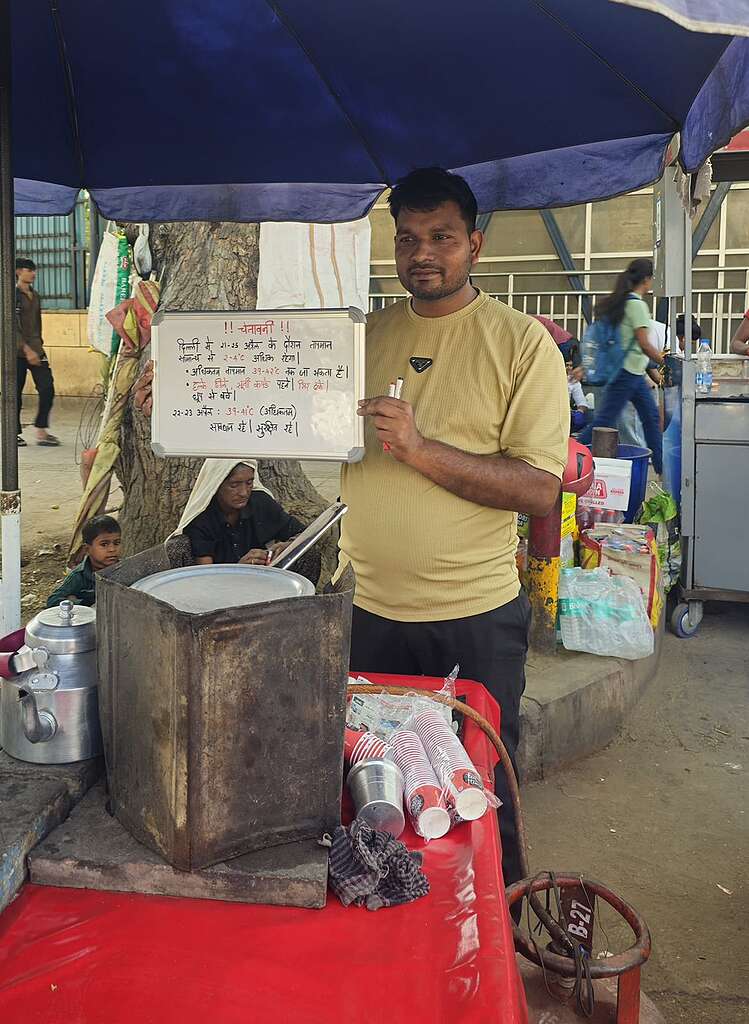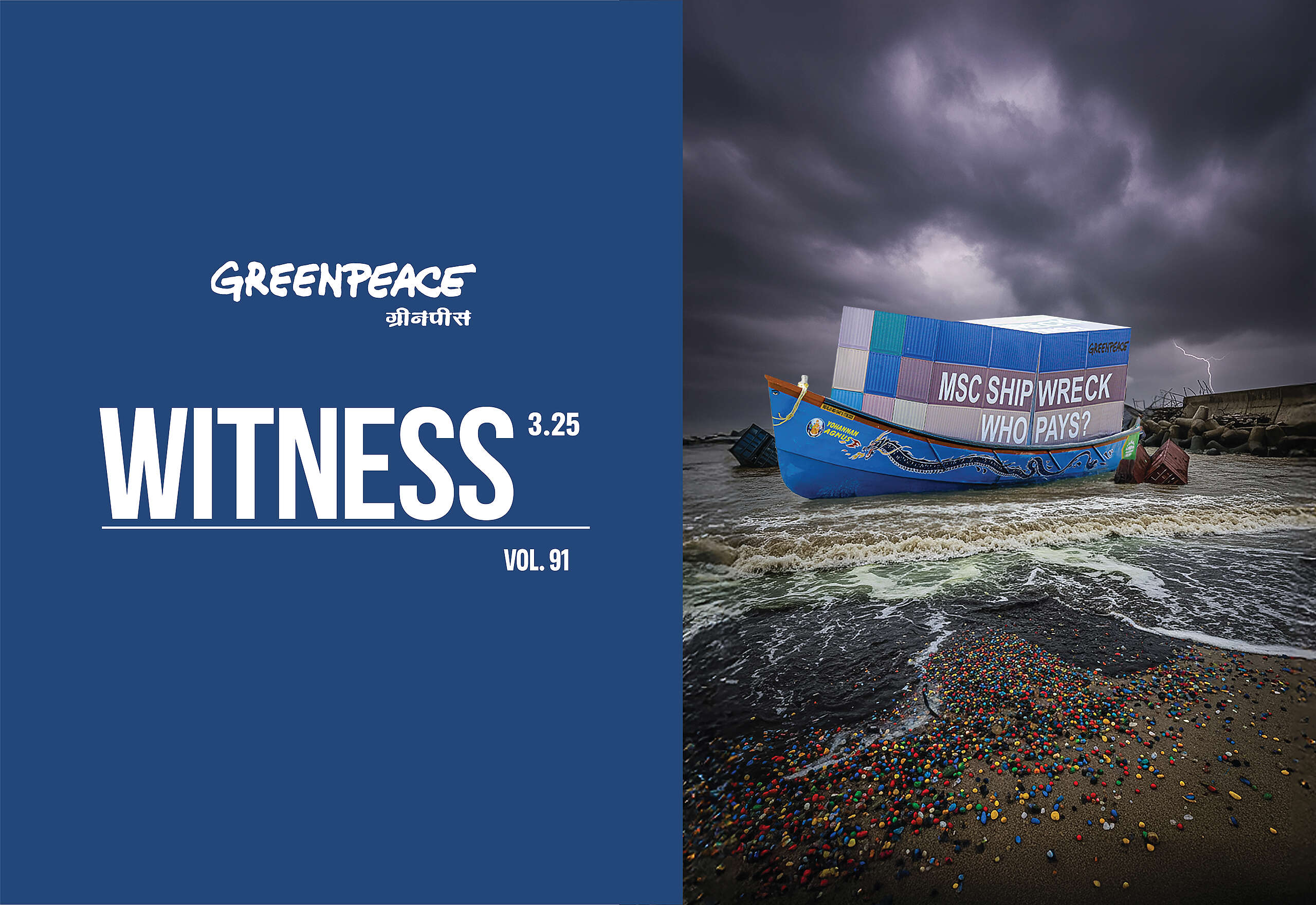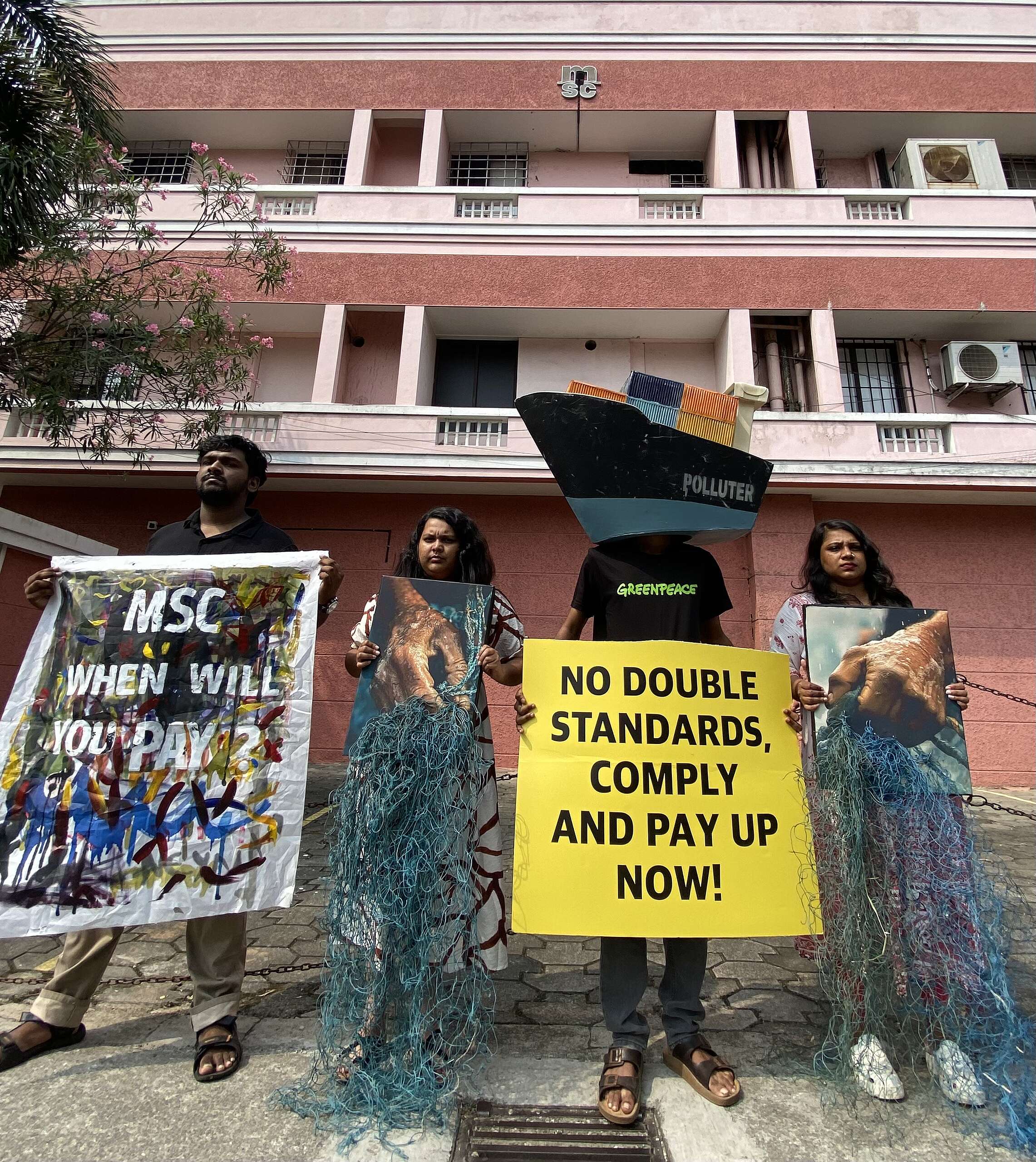It started, like many good things do, with a small text message.
But what followed? That was nothing short of historic.
On June 12, 2025, inside IMD’s Mausam Bhawan—the nerve centre of India’s weather intelligence—something extraordinary happened: informal worker’s unions, India’s national weather service along with Greenpeace India sat in the same room, co-creating a community-led response to extreme heat.
This wasn’t a press conference. This wasn’t a lecture. This was the first time in the country that street vendors, gig workers, ASHA workers, and waste pickers gathered with top IMD scientists, health experts, and designers—not as audience members, but as equal participants shaping the conversation.
We weren’t there just to “learn” We were there to build.
From WhatsApp Alerts to Weather Democracy
Our journey here began months earlier—with slow, patient advocacy. For too long, heatwave warnings felt like they started and ended in newsrooms, not among people who needed it the most. So we worked with IMD to change that. The first breakthrough? Getting IMD to send bilingual audio+text heat alerts on WhatsApp, to a growing group of over 20 worker leaders across Delhi.

These alerts quickly turned into lifelines. They were easy to forward across union and market groups, and they gave workers a heads-up they’d never had before.
But what about people who aren’t on WhatsApp? Or don’t own phones?
That’s when the real challenge began.
A Whiteboard, marker, and a question
We started small—installing hand-written whiteboards in markets and labour chowks. Each morning, a local volunteer would update the board with the day’s weather alerts. The idea was simple: bring heat alerts out of phones and onto the streets.

But we soon hit a wall.
Not everyone could read the alerts.
Not everyone had time—or confidence—to interpret the technical language.
And updating the boards daily became a burden.
We realized: the intent was right, but the design needed to work harder.
So we sat down with the team from Wobbly Tales and began imagining something smarter, simpler, and visual—something people could glance at and instantly understand, regardless of literacy or language.
Introducing: The Community Heat Alert Board
What emerged was our colour-coded heat alert board—the one IMD officially unveiled at the workshop.
Here’s how it works:
It uses colour, not jargon. Based on IMD + WHO heat categories:
- Green = under 35°C (Samanya Garmi)
- Yellow = 35–40°C (Asahej Garmi)
- Orange = 41–45°C (Tez Garmi)
- Red = above 45°C (Bhishan Garmi)
It has three pockets with swappable cards:
- Heat Level – So you know how hot it feels.
- Health Advisory – Matched to each heat level (based on NDMA guidance).
- Special Weather Alert – Only used during extreme events like strong winds, heatwaves (loo), or high humidity.
Now, these boards are in place in local markets and vendor areas. They’re updated daily, not with markers but with cards. No need for reading long texts or deciphering Celsius degrees. It’s as easy as reading a traffic light.
A Historic Workshop for a Warming World
Back at the workshop, Dr. Mrutyunjay Mohapatra, DGM at IMD, opened the day with a powerful reminder – early warnings are only as useful as their accessibility. When alerts fail to reach those most exposed, they fail altogether.
The atmosphere in the room was exciting—not just because of the historic collaboration, but because everyone knew they were witnessing a shift. Workers weren’t just being trained, they were shaping the early warning system itself.
Dr. Akhil Srivastava’s hands-on session broke down how IMD’s heat alerts are developed, how to read them, and how to translate them into actionable information. Dr. Purvi Patel from the National Centre for Disease Control explained how heat affects the body—and what to do when symptoms strike. Her session was full of lightbulb moments.
And then, in a full-circle moment, participants practiced using the boards themselves, role-playing how they’d update and disseminate alerts in their local areas.
Why This Matters
This wasn’t just training. This was about democratizing climate information.
It was about redesigning systems so that the people most affected by climate change are the first to receive—and act on—critical alerts. It was about flipping the script: from top-down messaging to community-owned resilience.
This is just the beginning.
And if we’ve learned anything from the streets of Delhi, it’s that small, inclusive ideas can turn into systems that save lives.
So the next time the mercury rises, check your local heat board.
And know that it exists because someone just like you thought:
“There has to be a better way.”
Because Delhi is rising—and this time, we’re doing it together.



